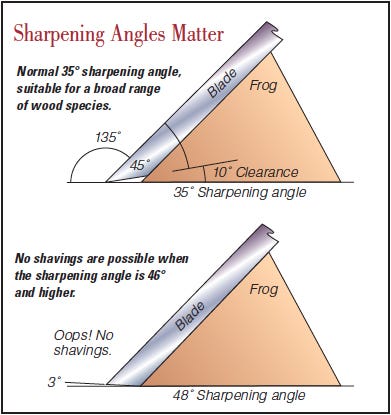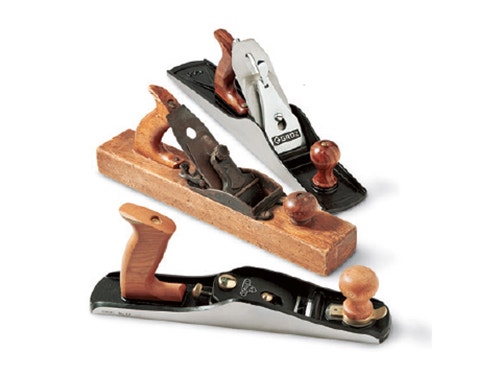How to Choose the Right Hand Plane
Planes come in several different sizes and slopes for different work, so some thought needs to go into which one to use in a given situation.
I have several planes but really never know which one is the right one to use. I see that the No. 3 has a steeper slope than my bench plane. When do you use, say, a No. 3 vs. a No. 5? And, when sharpening, what angle should be used?
The range of your question — "right one to use," "steeper slope," "sharpening what angle" — could just as well be expressed as, "Tell me all I need to know in order to sharpen and use a hand plane." Don't translate this comment as being flip or unkind. Quite the opposite: because of your interest in hand planes, I urge you to read, research and practice sharpening and using them. Arguably, they are the most versatile and useful tools in your pursuit of working wood.
As a neophyte, the how's and why's of the tool are not intuitive, but the answer to most of your questions can be found in books, articles or CDs. The most important thing is to use the tool and, if you don’t get the outcome that you know is possible, then focus on solving that piece of the skill.
As to the specifics of your letter, "Which is the right one to use": Assuming we are dealing with ordinary bench planing, it's the length more than anything that determines the plane to use. The longer the workpiece, the longer the plane you need to get it flat. As a rule of thumb, we believe that you can make a surface flat three times the length of the plane. Don't make this a fetish: I use only two planes (a 04-1/2, which is 10" long, and an 07, 22" long).

The "steeper slope" on a No. 3 plane, which I assume is the frog, has me confused without more information. Normally, the frog is at 45 degrees. "When sharpening, what angle can be used?" It varies between 43 degrees and 35 degrees. The higher the angle, the longer it will stay sharp in harder woods. In practice, sharpen at 40 degrees and don’t vary this angle until you are sufficiently adept at sharpening to do so.
Keep the inspiration coming!
Subscribe to our newsletter for more woodworking tips and tricks





